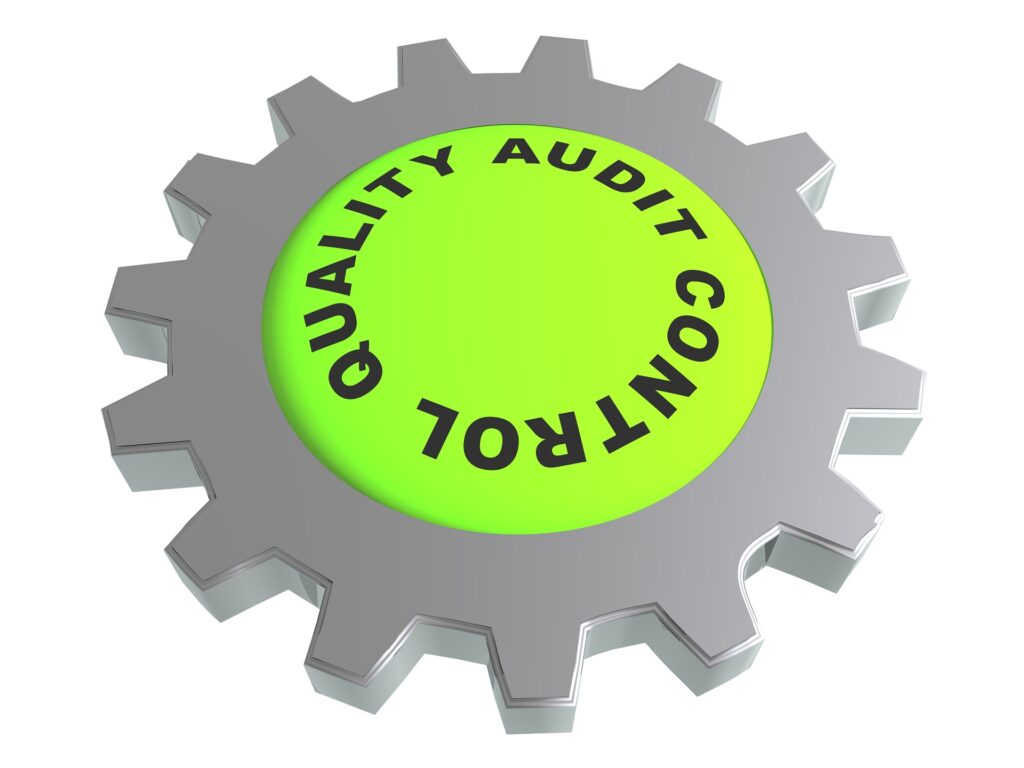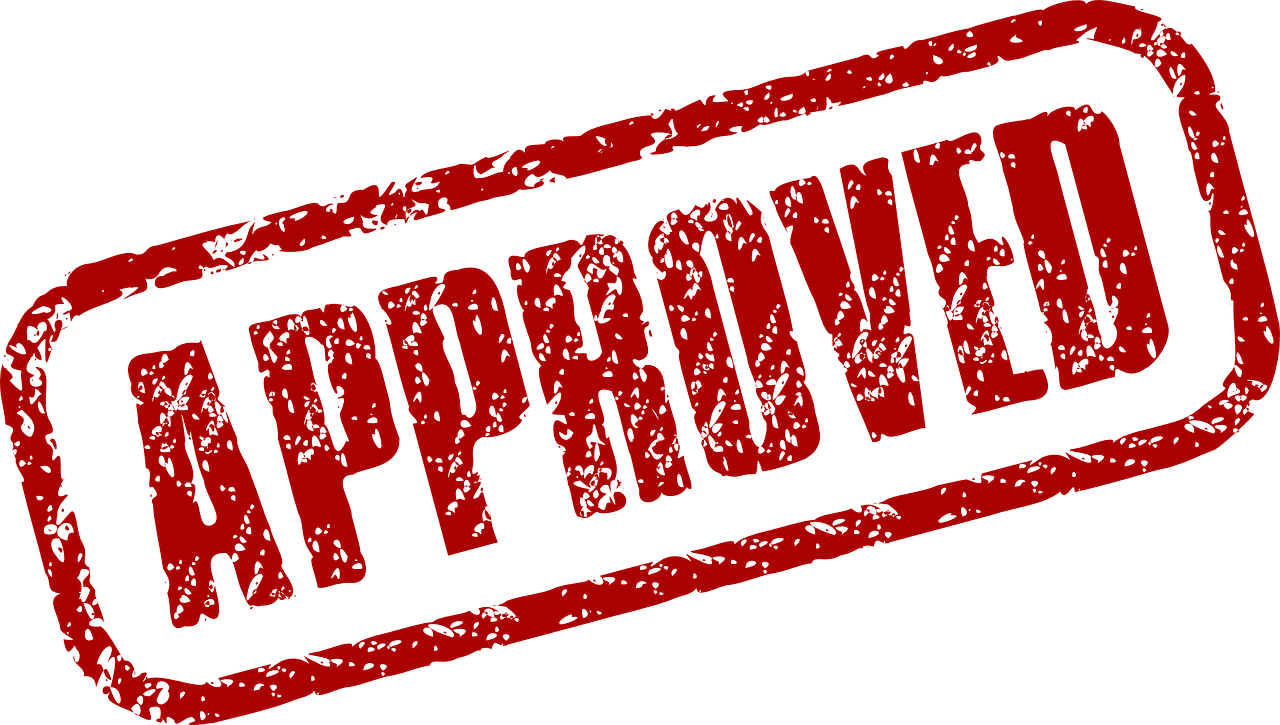Whether you’re an accounting student, working for an organization, or just a news freak, it is highly likely that you will come across or have already seen the word “Assurance”. For most, it is difficult to differentiate between audit and assurance. This article focuses on explaining Assurance, its elements, and different types of assurance engagements.
What is an Assurance Engagement?
Assurance is a much broader term than Audit and includes many services. An organization might not have enough time, skilled professionals or it simply may not be allowed to perform certain tasks. Therefore, it will outsource these tasks to external independent assurance providers.
Assurance can be defined as a service intended to give confidence to users and enhance the reliability of the information that a party has generated over a period of time. It can be monetary as well as non-monetary.
ILLUSTRATION:
Suppose that you plan to buy a used car and visit a local dealer. He shows you some pieces of your interest and now you know which one to buy. Assuming you don’t have advanced machine knowledge, you’d want to consult a professional before spending hundreds and thousands on the car. The professional, usually a mechanic, will check each and every part of the car to give you confidence regarding the purchase and whether the car actually has the stated specifications.
In the same way, organizations hire assurance providers for assessments, compliance, authorizations, and regulatory purposes.
Types of Assurance Engagements
There are 2 types of assurance engagements namely reasonable and limited assurance. Reasonable Assurance is a much detailed assessment than Limited Assurance and more techniques & procedures are used to conclude the report. The reasonable assurance report is also called a positive assurance report while that of limited assurance is called a negative assurance report. Here’s what you need to know about reasonable and limited assurances.
Reasonable Assurance
- It is a high level of assurance in which the assurance providers/practitioners perform thorough procedures.
- Costly than limited assurance.
- Despite detailed assessments, it does not provide a guarantee that the subject matter (discussed later) is 100% correct due to the use of sampling by assurance providers and estimates used in the preparation of the financial statements.
- A reasonable assurance final report will look something like this:
* In our opinion, the financial statements give a true and fair view.
OR, the recruitment process in place is correct. - An audit is a reasonable assurance engagement.
Limited Assurance
- Provides a low level of assurance to users of the report.
- The assurance providers deliberately perform fewer procedures to conclude their report.
- The reason for its preference by many organizations is that it costs less and is much quicker than reasonable assurances like the audit.
- The final report will look differently than reasonable assurance:
* We have discovered nothing wrong with the financial statements.
OR, we have discovered nothing wrong with the recruitment process.
In either type of assurance engagement, the assurance provider does not express an unqualified opinion (clean opinion) if there is a limitation on the scope of the professional’s work, or, information of the subject matter is materially misstated.
Mainly, the assurance providers provide the following engagements to clients:
Audit Engagement
In an audit, the auditors review the financial statements of an organization and perform detailed procedures to conclude the audit report. Hence, it provides reasonable assurance to the users of the report.

Forensic Investigation
Organizations hire forensic experts to investigate frauds, money laundering, bribery, and other civil or criminal cases that occur in their operations. The forensic experts investigate the underlying issue and find answers to questions like:
- Who is involved?
- How much has been lost?
- How did it happen?
- etc…
Behavioral Regulations
In this type of assurance engagement, the practitioners assess the regulatory position of an organization. Simply put, they make sure the company complies with the best or required practices needed to run its operations.
Social Audits
In the era of corporate social responsibility, corporations are expected more than merely increased dividends every year. Things like the environmental impact of the company, working conditions, energy use, carbon, and other toxic emissions greatly impact the reputation of the company. Though not compulsory, some organizations voluntarily go for social audits to improve both their local and global image.
Internal Audit
Internal audit helps an organization to evaluate the strength and effectiveness of its internal controls. Internal auditors also make sure the accounting processes are smooth, regulations are taken care of, and correct flaws that might affect the company’s operations.
It’s noteworthy to mention here that if an assurance engagement firm provides internal audit services to a client, it cannot perform an external audit of the client. It will give rise to a self-review threat, which is one of the ethical threats to the objectivity of the audit.
The Five Elements
Every assurance engagement has the following five elements.
- Three-party Relationship: In an assurance engagement, three parties are involved. The practitioners (who perform the task), intended users (for whom the report is prepared), and responsible parties (those responsible for preparing the records or financial statements).
- Appropriate Subject Matter: There must be information or data available that should be authorized or for which an assurance is provided to users.
- Suitable Criteria: A criteria, framework, or regulations against which the subject matter is evaluated.
- Sufficient Appropriate Evidence: Sufficient (quantity of evidence) and Appropriate (quality of evidence) evidence is collected to back the assurance engagement report.
- Conclusion in the written report: A conclusive written report intended to give confidence to users of the assurance engagement report.
To make it more simpler, let me identify the five elements of assurance engagement in terms of audit engagement.
| Element | Content | In terms of Audit |
|---|---|---|
| Three-party relationship | Practitioners Intended Users Responsible Party | Auditors Shareholders Managers |
| Appropriate subject matter | Information to be examined | Financial Statements |
| Suitable Criteria | Against which the information is evaluated | Financial Reporting Framework |
| Sufficient Appropriate Evidence | Sufficient appropriate evidence is required to form the basis of the written report | Audit procedures are carried out to find sufficient appropriate evidence |
| Written report | Includes a written conclusion of the engagement | Auditor’s report whether the financial statements give a true & fair view. |
Why Assurance Engagements are performed?
Assurance engagements include a variety of services and are carried out for different purposes. A company is run by shareholders and managed by directors and managers. Shareholders of a company, in many cases, are unaware of the day-to-day operations and rely on the reports prepared and presented by managers.
To find out whether the reports actually reflect the true performance of the company, the board hires external assurance providers to make the numbers more credible. Although the assurance providers don’t go through each and every transaction that has happened in the period and use sampling as a basis for the report, it still provides a degree of confidence to shareholders and other stakeholders.
However, with technological advancements like artificial intelligence, it might be possible in the future to check each and every transaction and activity to give a 100% accurate assurance report to users. But, as of now, assurance providers don’t provide a guarantee of the accuracy of the work performed.
